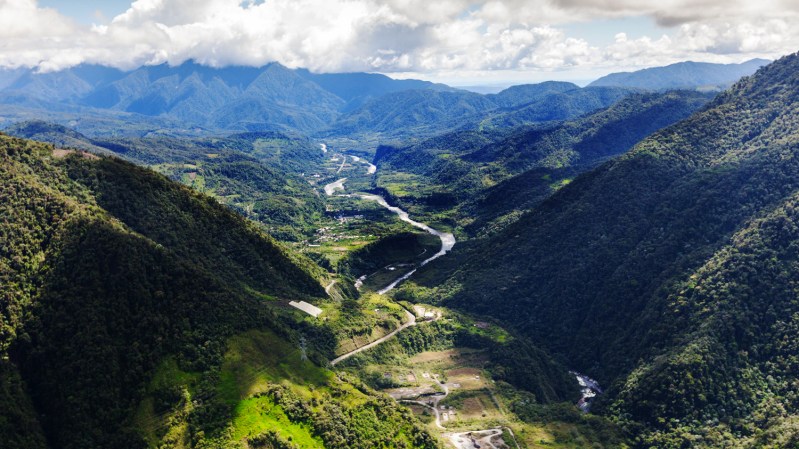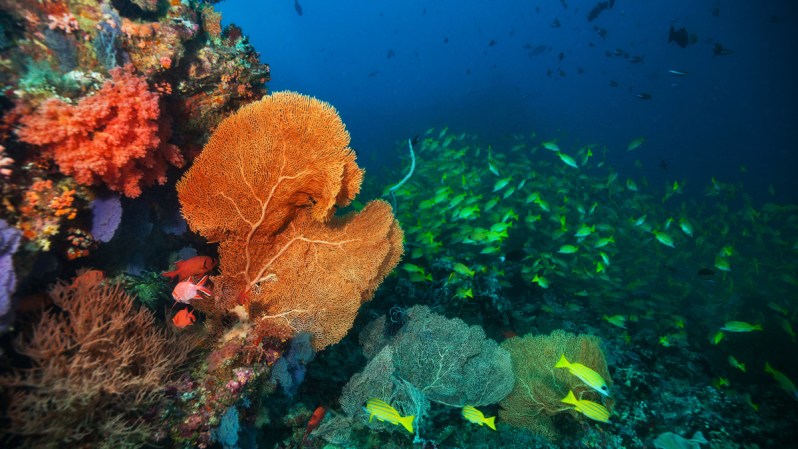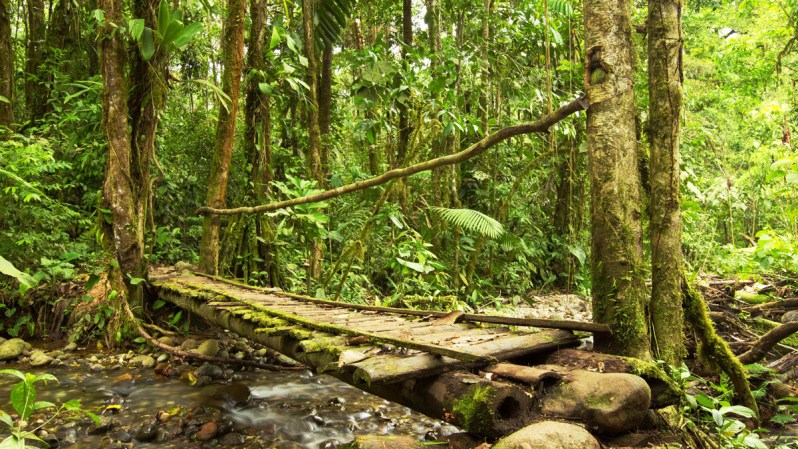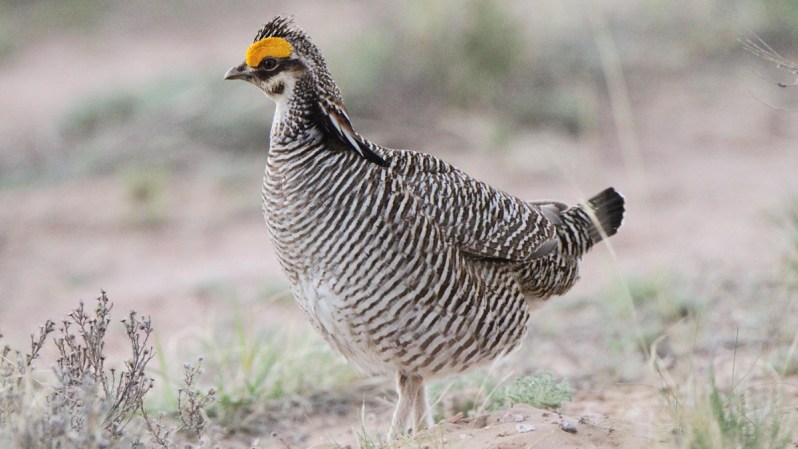It seems like the one thing we should all be able to agree on is a need to protect the planet. We’ve only got the one and if movies have taught us anything about trying to colonize outer space, Mars will not go well and most of the money will go to rescuing Matt Damon.
Fortunately there are a number of powerful, effective charities that support the battered environment. Below are just a few of the best environmental charities where your money will have a huge impact.
Rivers: Waterkeeper Alliance
Technically they focus on rivers, lakes, and coastal waterways, too. Charity Watch gives these guys an A+ for the work they do maintaining healthy waterways that mean we can drink, fish, and swim in them. They’ve got over 300 organizations on six continents hard at work.

They work to ensure strict compliance with environmental laws, combat the polluting practices of things like the industrialized meat industry, support local farms, and even campaign for using cleaner forms of energy.
Oceans: Ocean Conservancy
Oceans are really struggling: we pollute them with trash, chemicals, even noise. We’re over fishing. Apparently even our sunscreen is killing off coral reefs– these massive bodies could really use a helping hand.

The Ocean Conservancy has been crusading for them since 1972 when John Denver apparently threw some altruistic shade at Bill Kardash. Kardash was attending a conference on the threat to whales and was inspired to start the Delta Corporation to protect them, which became the Ocean Conservancy. The Conservancy was instrumental in banning commercial whaling in 1982 and soon they were safeguarding seals, turtles, and eventually entire habitats.
They work to protect the arctic from shipping traffic and oil spills; sustainable fisheries; collecting garbage from the oceans, (over 210 million pounds removed since 1985); restoring the Gulf of Mexico after BP leaked over 200 million gallons of oil and 1.8 million gallons of chemicals into it; even working on the federal and international level to share the need to help save our oceans. They are wide-ranging and wildly impactful. Charity Navigator gives them four out of four stars, or a 90 out of a 100.
Forests: Rainforest Alliance
Forests are more than just places to get lost in. They actively clean the air, regulate weather (which is nuts), and are home to 80 percent of the Earth’s land-based biodiversity (80 percent!). Tragically, more than 50 percent of the Earth’s forests have been destroyed or severely compromised. That includes the cool older brother of all forests: the Amazon Rainforest.

The Rainforest Alliance works to protect forests and animals, recognizing that people aren’t destroying them just for fun. 1.6 billion people depend on forests for income, which is why the Rainforest Alliance helps communities form sustainable economies that protect the forests. Among other things, they’ve taught sustainable logging and helped people refocus on non-timber based industries like Brazil nuts. The Alliance helps farmers learn how to better manage land so that we don’t add to the 69 mammal species and 400 other vertebrates that have gone extinct in the past century.
They take a holistic approach to protecting the Amazon, recognizing the need for economic dependence on the land, but finding ways to protect ecological integrity and pocketbooks. Charity Watch gives these guys an A-.
Animals: Animal Welfare Institute
We’re kind of the shittiest roommates ever as far as animals are concerned: we hunt them, eat them, cage them, experiment on them… It can sometimes feel like this is our planet and they’re all just living on it, but animals are way cooler than us. Sure, we developed Netflix and went to the moon–awesome stuff–but the Peacock Mantis Shrimp throws a 55 mph punch that’s faster than a .22-caliber bullet, the Axolotl can regenerate limbs, and cheetahs, those classy cats, are weirdly into Calvin Klein’s “Obsession for Men.”

Animal Welfare Institute is dedicated to improving the lives of all animals, whether they’re in the wild, the lab, the farm, or the home. They started in 1951 with a focus on alleviating the suffering of animals used in experiments and have since widened their scope all the way to factory farming. Animal Welfare Institute helps to promote non-animal testing options, they are often at trade meetings to protect wild species, work to protect animal environments and fight legal cases for animal welfare. According to Charity Watch, this is an A+ organization.
The Planet: World Resources Institute
If your charitable focus is on the world as a whole, the World Resources Institute (WRI) might be for you. This is a research institute within 50 countries comprising of 450 experts who look at ways we can collectively use resources in smarter ways and solutions that protect the Earth. They look at how climate, energy, food, forests, water, cities, and transportation all intersect and inform each other.

There’s really not an issue facing the world that the WRI doesn’t touch. They look at gender inequality, how to help foster sustainable development in emerging nations, hold governments accountable and demand transparency, just to name a few. The Maps & Data section is ridiculously informative and interesting. WRI is definitely a place where your money would have a wide-ranging impact. Charity Watch gave them an A.


